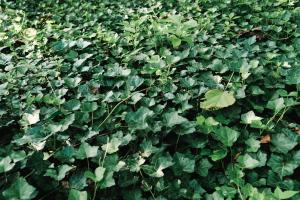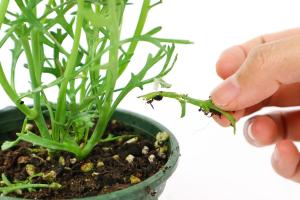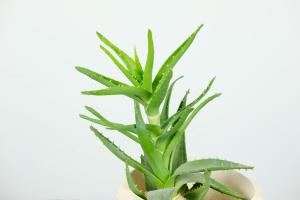Bay Leaves: What Are They and Where Do They Come From?
Bay leaves are an essential ingredient in many recipes, known for their distinctive aroma and flavor. But what is a bay leaf, and where do they come from?
What is a Bay Leaf?
A bay leaf is a leaf from the bay laurel tree, scientifically known as Laurus nobilis. This evergreen tree is native to the Mediterranean region and is also commonly called the sweet bay, true laurel, or Grecian laurel.
Bay leaves are typically about 2-3 inches long and have a glossy, dark green color with a pointed end. They are sold in both fresh and dried forms, with the latter being more commonly used in cooking.
Where Do Bay Leaves Come From?
The bay laurel tree is native to the Mediterranean region, including countries such as Turkey, Greece, and Italy. However, it is now widely cultivated in other parts of the world, including Central America, India, and the United States.
The leaves of the bay laurel tree are harvested and dried to create the bay leaves that are commonly used in cooking. The leaves are typically picked by hand, and the drying process can take several days to weeks, depending on the method used.
Uses of Bay Leaves
Bay leaves are most commonly used in cooking, particularly in soups, stews, and sauces. They add a distinct flavor and aroma to these dishes, and are often used in combination with other herbs and spices.
Bay leaves are also used for medicinal purposes, particularly in traditional medicine. They are believed to have anti-inflammatory, antioxidant, and antimicrobial properties, and have been used to treat a variety of ailments, including digestive issues, respiratory problems, and skin conditions.
In Conclusion
Bay leaves are a highly versatile ingredient with a rich history and a variety of uses. Whether you are cooking up a pot of soup or looking for a natural remedy for a health issue, bay leaves are a great addition to your pantry.

 how many times do yo...
how many times do yo... how many planted tre...
how many planted tre... how many pine trees ...
how many pine trees ... how many pecan trees...
how many pecan trees... how many plants comp...
how many plants comp... how many plants can ...
how many plants can ... how many plants and ...
how many plants and ... how many pepper plan...
how many pepper plan...
































